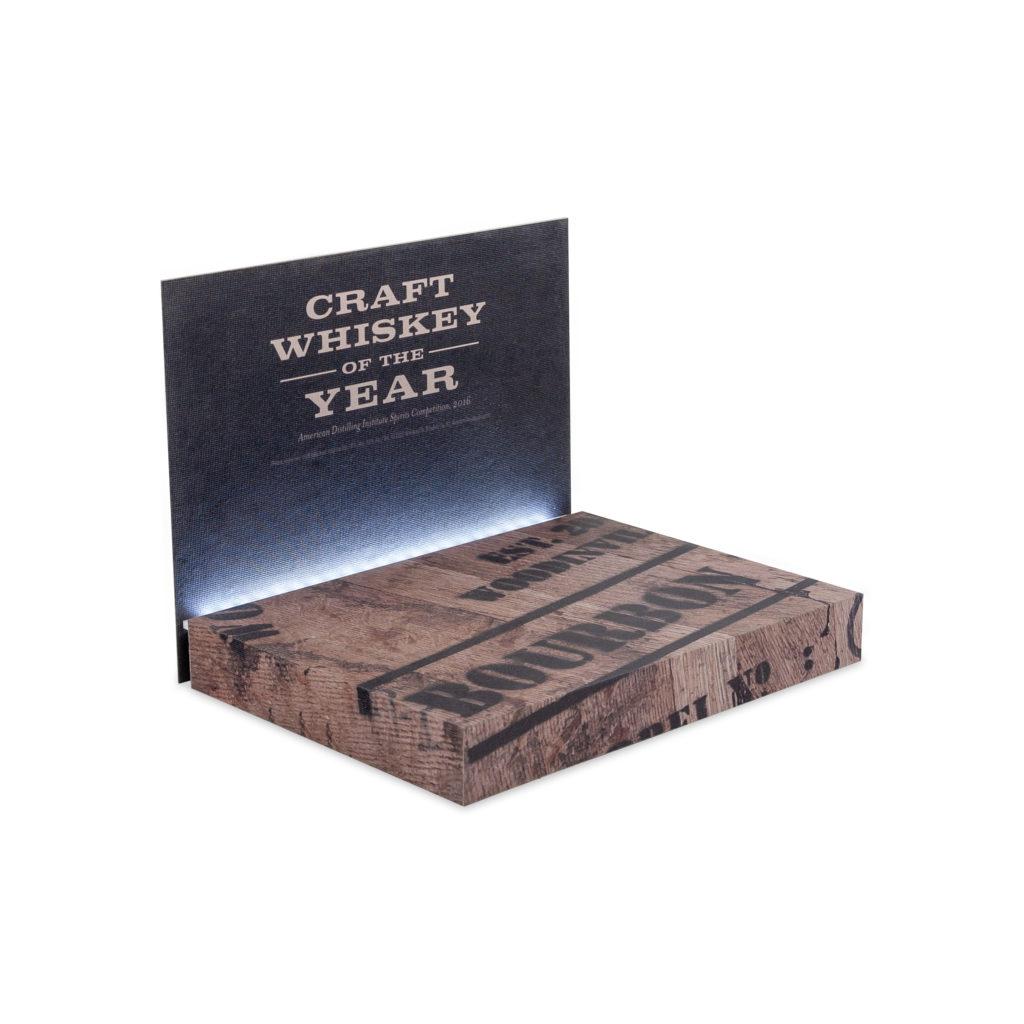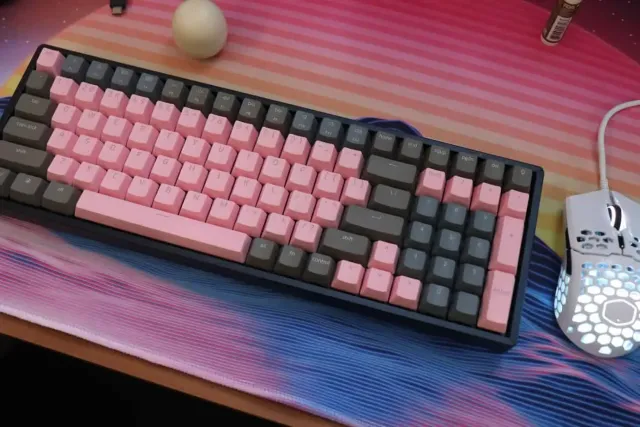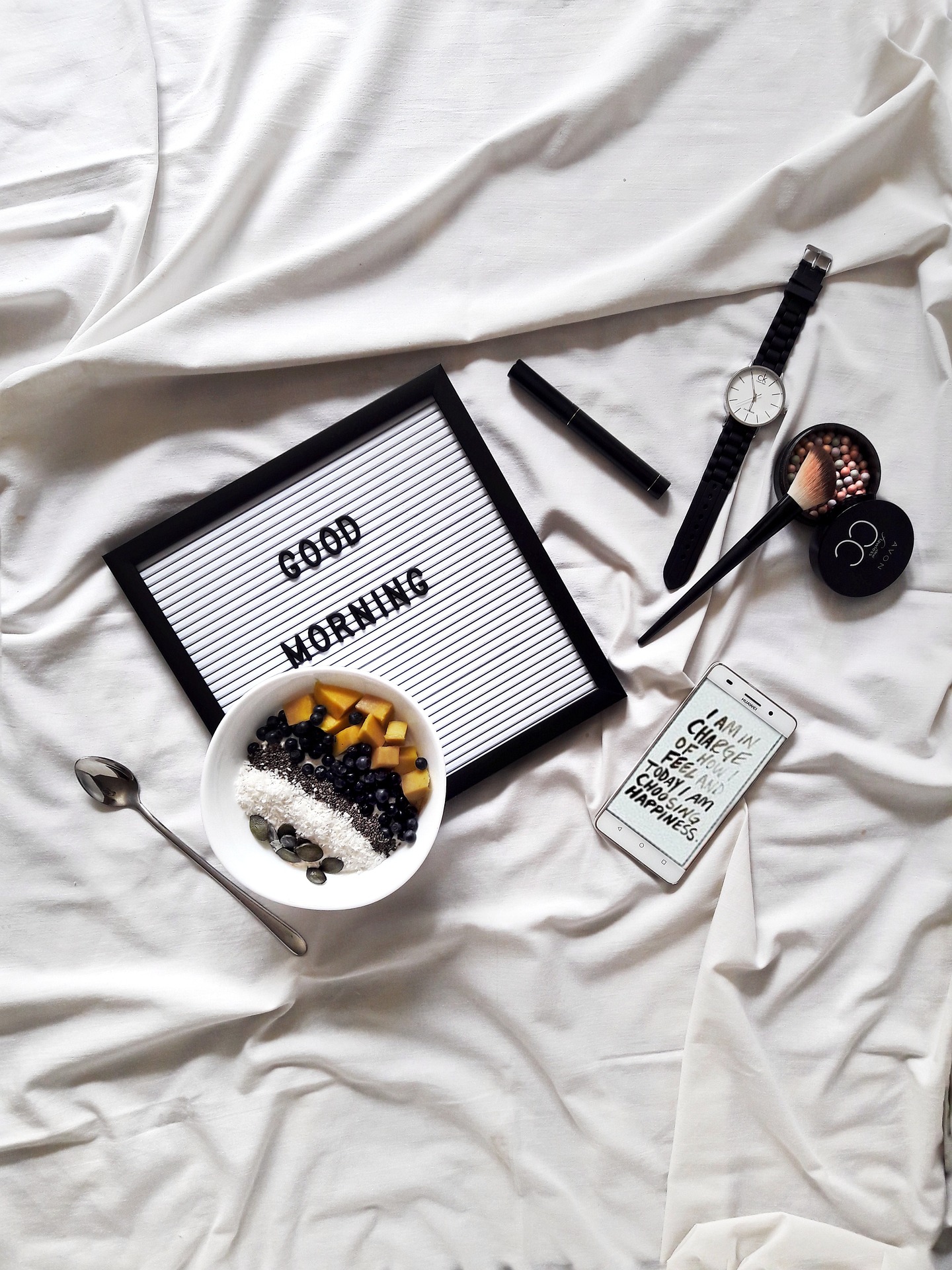
Using Eco-Friendly Materials to Make Sustainable Retail Store Displays
Global warming is one of the hottest topics around the world. Sustainability is a top priority for the largest corporations in the world and an important initiative in the retail industry. When it comes to making sustainable retail store displays, finding the right eco-friendly materials has been a challenge. However, as the spotlight shines more brightly on climate change and the implications for future generations, an increasing number of material options are becoming available. Let’s look at 3 eco-friendly material options and see how they can be use to create beautiful and sustainable retail store displays.
ECOR®
ECOR® is one example of an innovative new material that is consider to be one of the world’s most sustainable, high-performance, and cost-effectively manufacture substrates. It has an impressive strength-to-weight ratio and is very affordable compare to MDF, PVC, and similar materials. ECOR® supports the circular economy since it is made only from 100% natural recycled fibers, water, and heat. It is also 100% recyclable, biodegradable, VOC-free, and non-toxic. ECOR® panels can be create from the conversion of nearly any type of agricultural, urban, or industrial waste.
The lighted Woodinville Whiskey counter display is an example of how it can be use to create an attractive, sustainable retail store display. We direct printed graphics on ECOR® panels and then cut and folded the panels, which produce in very clean edges. We added LED lighting under the back panel. This display is relatively lightweight, very strong, and extremely eco-friendly.
Bamboo
Bamboo is widely recognized as one of the most sustainable and eco-friendly materials on early. Bamboo’s properties are absolutely mind-blowing. What other material can grow 44” in a single day? Compare that to your typical hardwood which might take 50 years to grow to maturity (vs. 6 months for a bamboo tree). How about this one: The root system of a single bamboo tree can extend more than 120 miles- greater than the distance from New York City to Philadelphia or San Diego to Los Angeles.
Bamboo has higher tensile strength than many types of steel, higher compressive strength than many mixtures of concrete, and a higher strength-to-weight ratio than graphite. Unlike wood, bamboo has no knots so it can endure stress throughout the length of its stalk. Because of its high silica content, bamboo cannot to digest by termites. Bamboo’s incredible resiliency enabling it to survive the nuclear blast at Hiroshima at a point closer to ground zero than any other form of life.

Aside from these amazing properties, bamboo is a great material to use in making retail store displays. It’s better for gluing than hardwoods due to its unique chemical extractives, and it’s also lighter to ship. Bamboo can be milled, cut, sanded, drilled, glued, stained, laser engraved, and finishing like any hardwood.
In addition to its durability, bamboo offers exceptional dimensional stability across a wide range of climate conditions. What that means is that it won’t shrink or expand much when it gets too hot or cold. Bamboo is also beautiful. Its edges are interesting and aesthetically appealing and therefore don’t need to be edge banded.
We made this simple bamboo lip balm merchandising tray for Coola that rolled out to Ulta stores throughout the U.S. Coola was looking for a display that had a natural vibe that could hold both boxing the products and tubes. We create a two-tier structure with holes, finishing it with a clear coat, and laser-engraved the Coola logo on the front edge of the tray.

We also made this beautiful combination cabinet/shelf display for Coola’s SPA market customers.

Beetle Kill Pine
Over the last 20-25 years, one of North America’s greatest environmental disasters has been quietly unfolding before our eyes. An invasive species of the Mountain Pine Beetle has destroying the millions of acres of pine forests and billions of trees in the Western United States, Mexico, and British Columbia. Some experts estimate that 80% of the pine forests in North America have been destroying to date.

Pine trees in the Sierra Nevada have been dying off at an alarming rate with estimates of nearly 30 million trees lost in a single year. Aggressive bark beetles, a severe drought, and unusually hot temperatures have combining to devastate large swaths of pine trees in the Sierra Nevada.
Mountain Pine Beetles attack pine trees by burrowing into a tree and laying eggs under the bark. The eggs hatch into larvae, which block water flow and cut off nutrients, killing the tree and leaving behind a fungus, which assists the beetles in killing the trees while staining the wood in inky streaks that range from grayish-blue to indigo.

Once the tree is infested, it can’t be save. To stop the infestation, large portions of these forests have been cut down. The beetle kill epidemic is one of the largest environmental disasters ever experience in North America because of its downstream effects on the environment with respect to issues such as the impact on CO2 absorption, water resource management, and biodiversity.
Much of the beetle-kill wood goes to landfills. There is an opportunity to repurpose this wood for retail store displays since its structural integrity remains sound for at least 8-10 years. Blue-stained beetle kills pine looks grayer or aged and commands a higher price. But regular beetle kill often contains some blue stain streaking and is very competitively price.
We use Beetle Kill Pine as the core material to fabricate the Guayaki Yerba Mate Tea display shown below. It is use a dark walnut stain to create an upscale look. They made the shelf bottoms out of panels that were fabricate from 100% post-harvest rice straw waste. And used recycled acrylic for the signs.

Creating sustainable retail store displays using eco-friendly materials often requires some extra effort. And but as these types of materials become more widely available. The sustainably manufactured displays will become more mainstream.
 About Jim
About Jim
Jim Hollen is the owner and President of RICH LTD. (www.richltd.com), a California-based point-of-purchase display, retail store fixture, and merchandising solutions firm. A former management consultant with McKinsey & Co., Jim has authored more than 500 blogs on POP displays and retail merchandising. Jim earned his MBA from Stanford Graduate School of Business.

 About Jim
About Jim



